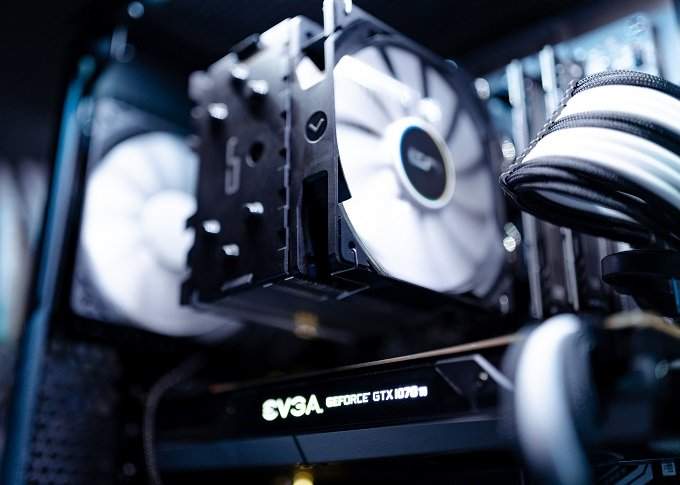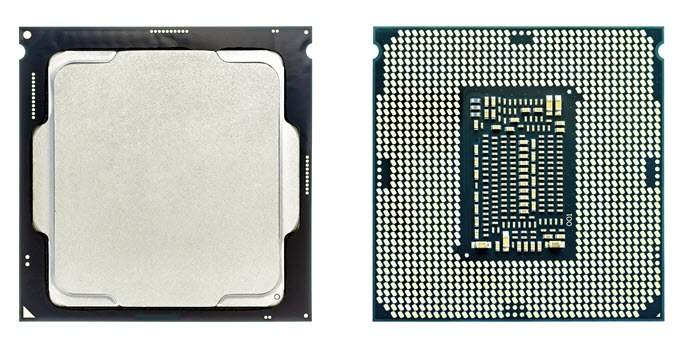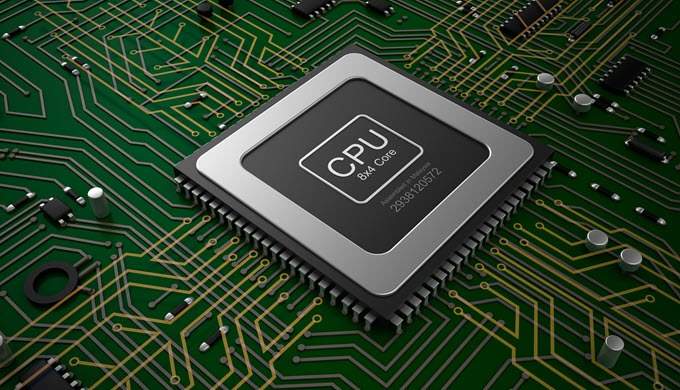Scroll to the bottom for the simple answer
Let’s say you’re looking at buying a new processor and suddenly you have to decide between two products that are both just about the same on paper, but one of them has a feature called hyperthreading and the other doesn’t.
Clearly hyperthreading is a good thing because you have to pay extra for it, but what does it do? Most importantly, is it something that you should care about? To answer these burning questions, we have to take a short detour into how CPUs do their thing.

Unlimited Power!
Even if you aren’t all that interested in the fine technical details of computer technology, you’ve probably heard of Moore’s Law before. It’s not really a natural law, but an observation that the basic components of integrated circuits were doubling in density every two years or so.
In effect this meant that the performance of a CPU would double every two years, which is an exponential rate of improvement. If the fastest car in the world was twice as fast as the one that came out two years ago and that trend continued for decades, we would have vehicles with the speeds of science fiction starships. So this is actually one of the most revolutionary things about computer technology.

The problem is that the performance of a CPU isn’t just determined by the density of its components. It’s clock speed, which is how many full calculation cycles it can perform in a second, is obviously important. If you take a CPU and you double its clock speed, it will perform twice as well. At least in theory.
The problem is that, no matter how fast that processor works, it can only do one thing at a time. What we perceive as “multitasking” is actually the processor rapidly jumping between thousands of different jobs. A few years ago, we started hitting a few brick walls when it came to making a single processor faster and faster.
So, one of the solutions was to put more than one CPU in every processor, so that the various jobs could be divided between them. Today, quad-core CPUs are pretty much the mainstream configuration.
Hyperthreading (HT)is Intel’s name for simultaneous multithreading. It basically means that one CPU core can work on two problems at the same time. It doesn’t mean that the CPU can do twice as much work. Just that it can ensure all its capacity is used by dealing with multiple simpler problems at once.
To your operating system, each real silicon CPU core looks like two, so it feeds each one work as if they were separate. Because so much of what a CPU does is not enough to work it to the maximum, HT makes sure you’re getting your money’s worth from that chip.

Who Should Care About Hyperthreading?
This is another question that can be a little complicated but is actually pretty simple when you break it down. First, let’s put out the one thing about hyperthreading that’s almost always true. If you must choose between two processors that can handle the same number of threads, but don’t have the same number of cores, go with the CPU that has more physical cores.
For example, if you have a dual-core, hyper-threaded CPU and a non-HT quad-core CPU, the quad core option is the better choice. Given that they are close to each other in single-thread, single core performance. Why? Because the quad-core CPU has more physical processing hardware.
The real pickle comes when you have two CPUs with the same physical specifications, but one has HT and the other doesn’t. Now our question really has to do with the software that you want to run. If you have software that can spawn enough threads to use the HT threads as well, you’ll see a significant boost from opting for the CPU with hyperthreading. Simply because none of the processing capacity is being wasted and the component is working near its full potential as much of the time as possible.

If the software you want to run doesn’t spawn enough threads to also use the HT virtual cores, you’ll see literally no difference in performance.
Traditionally operations such as CPU 3D rendering, video encoding, and photo manipulation will create as many threads as your poor CPU can take. In other words, many modern professional applications are thread-hungry. This is why Hyperthreading has been restricted to professional-tier CPUs such as the i7 and up.
Mainstream applications such as word processors and web browsers aren’t going to perform any better with hyperthreading, even if they can spawn more threads. Simply because the needs of those applications as used by most people doesn’t even give entry-level CPUs a hard time.
The Big Gaming Question
Video games are another mainstream application that’s been fairly apathetic to Hyperthreading. At the time of writing, in 2019, the latest video game engines are starting to become more thread heavy. Which means HT-enabled CPUs will perform better in them. Older titles won’t see any advantage at all, with the exception of a few simulation-type games that make heavy use of AI or other CPU-centric processes.
Does that mean your next gaming PC should have Hyperthreading? The thing is, we are now moving into a mainstream CPU market where six-, eight- and twelve- core CPUs are the norm. So, it’s far better to have more physical cores where possible.
The Simple Answer
Hopefully the above explanation has been clear enough, but let’s break it down to the bottom line:
- If you do professional, thread-heavy work, Hyperthreading matters
- If you are a mainstream user, don’t worry about!
- If you are a gamer, prioritize having more cores in your next build over HT, but get HT in addition if the price is right.
Hyperthreading is a great technology, but it’s not worth the premium for everyone. Now you should know whether that “someone” is you or not!
